Clearly define the functions of Provincial Planning and General Construction Planning
Concerning the draft Law on Planning (amended), Vice Chairman of the National Assembly Vu Hong Thanh pointed out that the current problems in the planning system are not only problems within the Law on Planning but also in other ordinances and laws related to planning. For example, assessing the conformity of an investment project with planning is now very confusing for the implementing agency, because our planning system is very numerous and rich, especially difficult in that it is not unified, not synchronized, contradictory and overlapping.
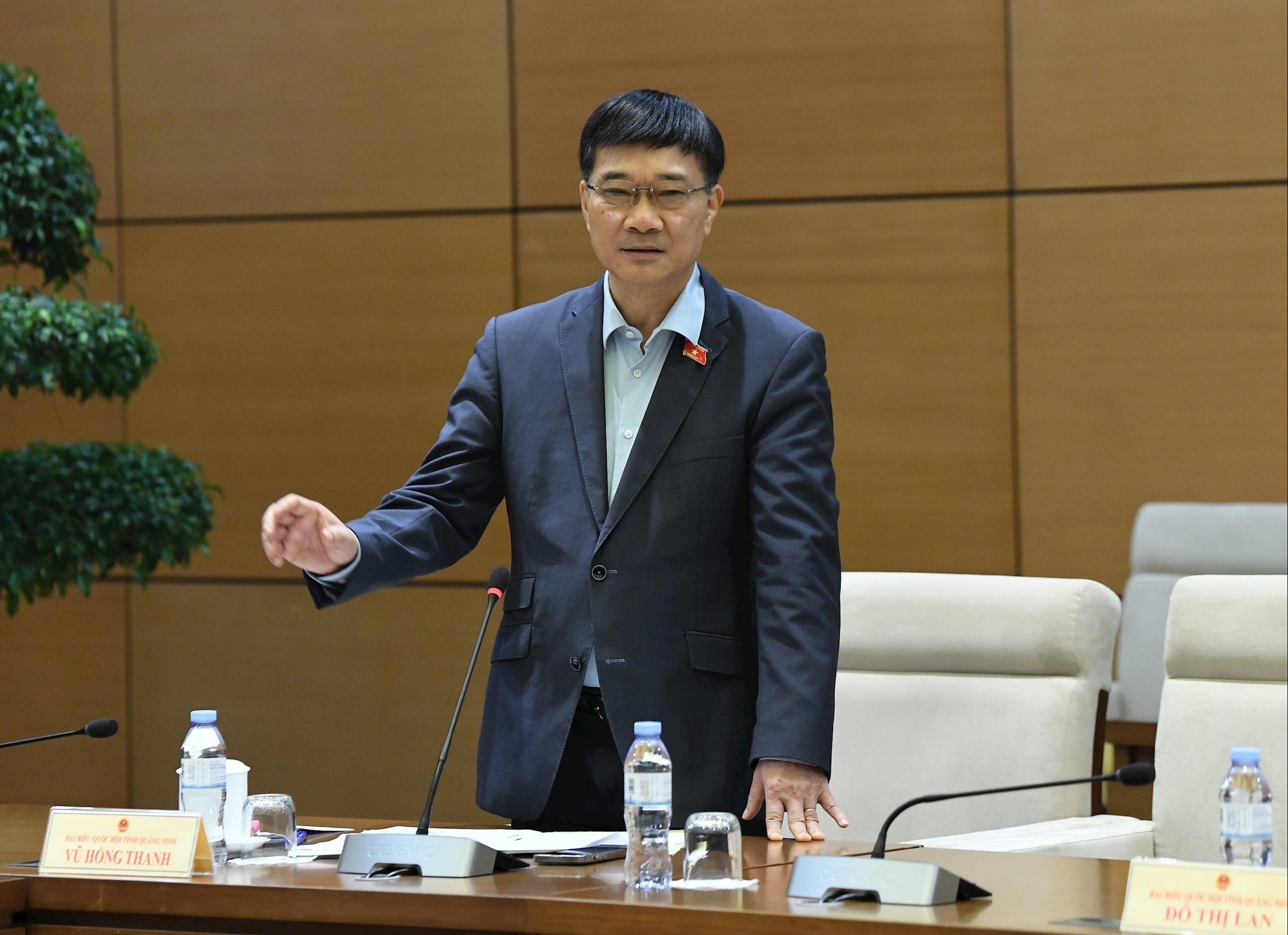
The Vice Chairman of the National Assembly also noted that although the 2017 Planning Law has been very active and progressive in the direction of shortening and significantly reducing the number of plans, from more than 19,000 types of plans to about 110-111 types of plans at all levels, the method of reading and implementing plans is still not guaranteed.
To remove bottlenecks and promote the progress of completing the planning system for the 2021 - 2030 period, the National Assembly Standing Committee issued Resolution No. 751/2019/UBTVQH14 on explaining a number of articles of the Law on Planning; at the same time, allowing the issuance of resolutions before the Law, and later when the Law is issued and the resolution is no longer consistent with the Law, the Resolution will be adjusted according to the Law.
The National Assembly also issued Resolution 61/2022/QH15 on continuing to strengthen the effectiveness and efficiency of implementing policies and laws on planning and solutions to remove difficulties and obstacles, speed up the progress of planning and improve the quality of planning for the 2021-2030 period.
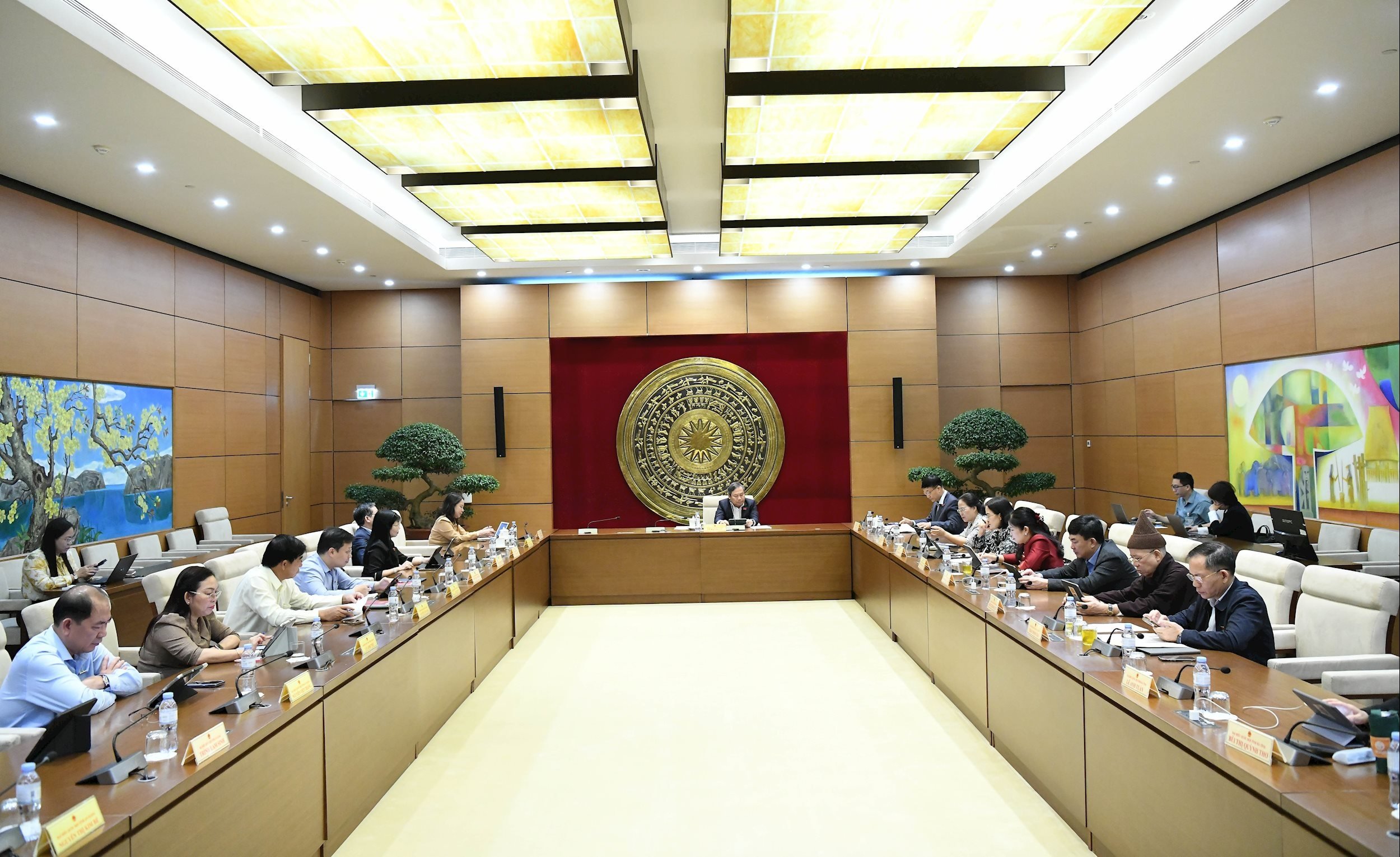
Currently, the requirement is to synchronously amend the Law on Planning, the Law on Urban and Rural Planning, and other regulations related to land, planning, and land use plans, which is being carried out at the Tenth Session.
Regarding planning integration, the Vice Chairman of the National Assembly pointed out that in reality, the current planning integration process is carried out using a mechanical accumulation method, not a scientific and organic integration method, leading to many difficulties and overlaps during implementation.
Therefore, the review agency has proposed that the draft Law on Planning (amended) needs to clearly stipulate the method of planning integration to achieve the necessary revolution. Through surveys of some other localities and countries, a feasible method is to overlay maps (overlays) of sectoral and field plans on the same space. The Council will rely on regional development orientations such as prioritizing environmental protection or industrial development to handle conflicts and overlaps at intersections.
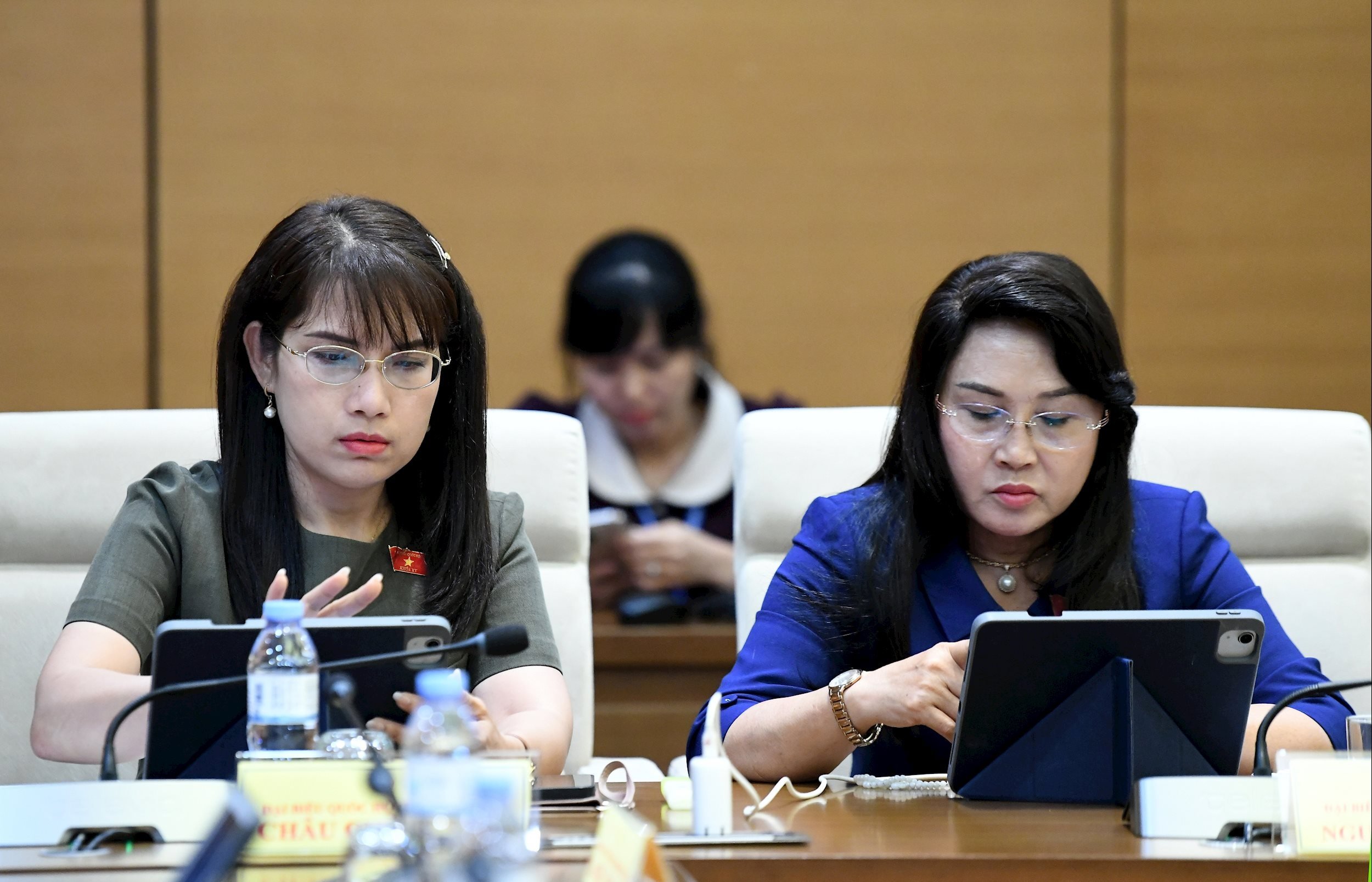
Regarding unity and synchronization, the Vice Chairman of the National Assembly found that one of the requirements is to make a planning period to ensure the unity and synchronization of the legal system, but through review, it was found that the authority is also different. For example, when discussing planning in centrally-run cities, it is necessary to make two plans, one is the provincial planning according to the Planning Law and the other is the general construction planning according to the Urban and Rural Planning Law.
The Vice Chairman of the National Assembly said that the National Assembly and the National Assembly Standing Committee were very careful, asking for opinions from the centrally run cities. The cities still wanted to have two plans, but the Economic and Financial Committee's review report said that these two plans were basically 80% similar. So was it necessary to have two plans? Therefore, the review agency's view is that for centrally run cities, only one plan needs to be made, and in cases where two plans are required, it is necessary to clearly define the functions of each type of plan. The provincial plan should play the role of general and overall orientation, while the general construction plan will specify the orientations of the provincial plan.
Regarding the authority to approve the above two types of planning, the Vice Chairman of the National Assembly found that the approval authority is inadequate. Provincial planning at a larger scale and level is assigned to the Provincial People's Committee for approval, but the General Construction Planning, considered "lower level", is approved by the Prime Minister. Therefore, the Economic and Financial Committee proposed that the National Assembly only allow one single planning, or if two planning are kept, it is necessary to implement unified decentralization and delegation of authority.

Regarding the problems in planning and land use planning, the Vice Chairman of the National Assembly asked: should the land use planning index be included in the Provincial Planning or the Urban and Rural Planning? If included, this land use planning index will only be "localized" to very important contents. Currently, according to the orientation of the Party and the State, it is necessary to focus on strictly managing a number of important types of land, including: rice land to ensure food security; three types of forests: natural forests, protective forests and production forests to protect the environment; national defense and security land. The remaining types of land will be decentralized to local authorities for management according to the allocated index.
Closely follow the draft Political Report of the 14th National Party Congress
Regarding the adjustment of the National Master Plan for the 2021-2030 period, the Vice Chairman of the National Assembly emphasized that this is necessary because the administrative units have been rearranged and the development space has been expanded. The goal of adjusting the National Master Plan is to exploit the expanded space after the rearrangement, while ensuring efficiency through regional linkages and intra-regional linkages, avoiding conflicts and overlaps. This adjustment is to meet the requirement of economic growth above double digits in the next term.
Also agreeing with the need to adjust the National Master Plan for the 2021-2030 period after rearranging provincial administrative units, National Assembly Deputy Vu Dai Thang (Quang Ninh) found that there were points that needed to be considered and analyzed very clearly about the common growth targets.
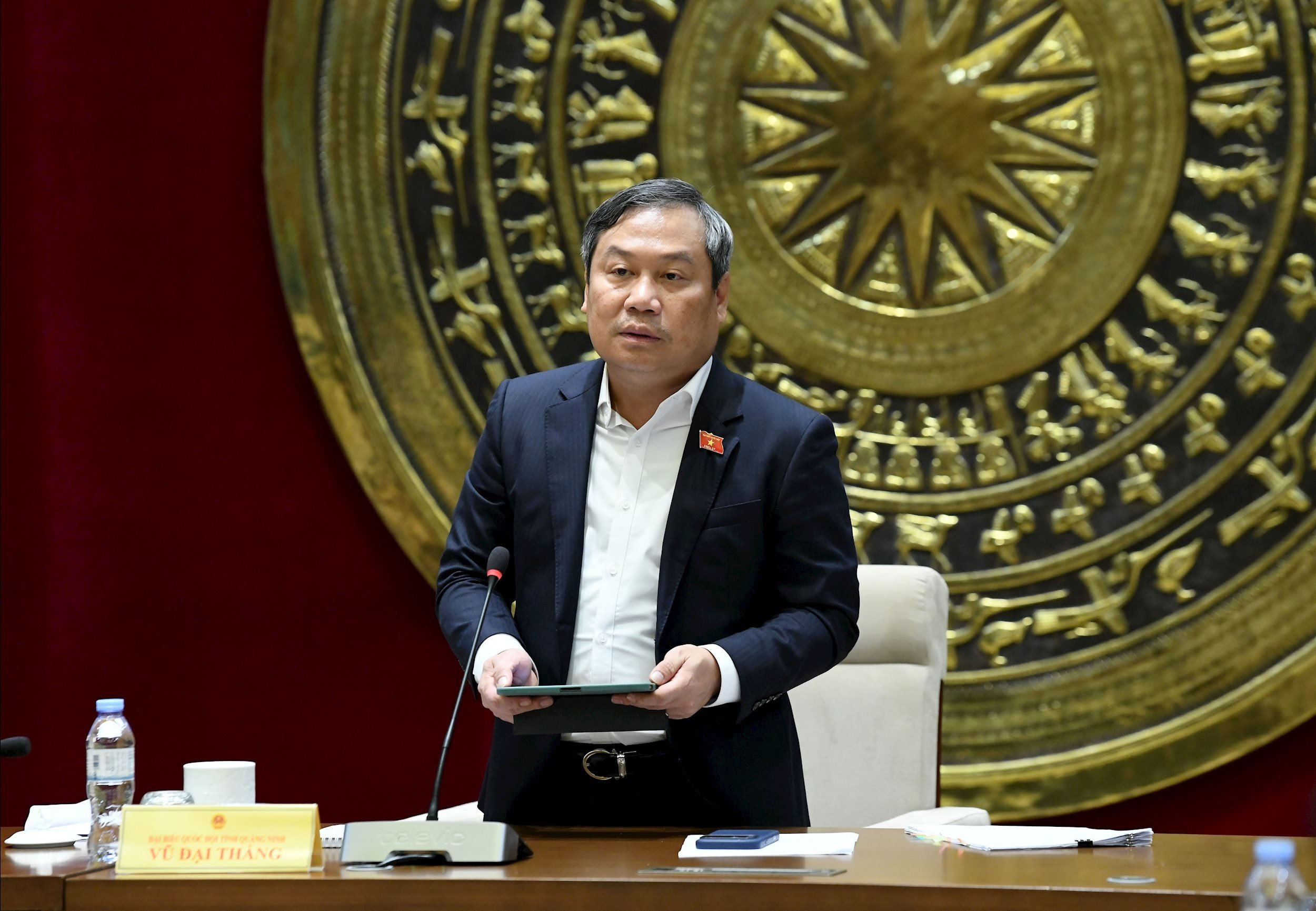
Delegate Vu Dai Thang suggested that the National Master Plan for the 2021 - 2030 period needs to closely follow the draft Political Report of the 14th National Party Congress: from growth rate, development scenario, driving forces to promote the country's development to 2030 to ensure that the National Master Plan is a step to concretize the contents of the Resolution of the 14th National Party Congress.
Delegate Vu Dai Thang also suggested carefully considering whether to include the dynamic zone in the National Master Plan for the period 2021 - 2030 or not? "If economic zoning is to ensure compliance with previous Resolutions of the Politburo, it should be maintained in the direction of only having the concept of economic zone, and the dynamic zone should be left to agencies and localities to take the initiative in management and connection between economic centers if deemed necessary," the delegate suggested.
Source: https://daibieunhandan.vn/khac-phuc-mau-thuan-chong-cheo-trong-he-thong-quy-hoach-10394835.html



![[Photo] Da Nang: Hundreds of people join hands to clean up a vital tourist route after storm No. 13](https://vphoto.vietnam.vn/thumb/1200x675/vietnam/resource/IMAGE/2025/11/07/1762491638903_image-3-1353-jpg.webp)








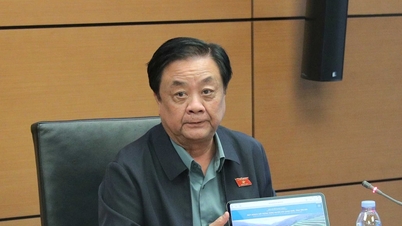

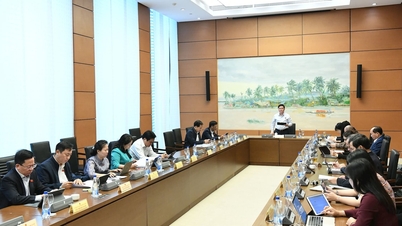


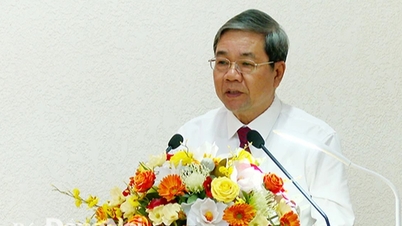














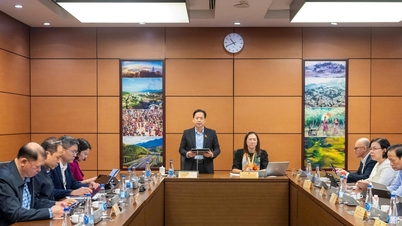









































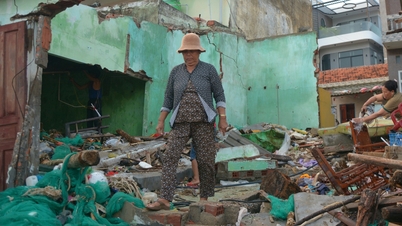





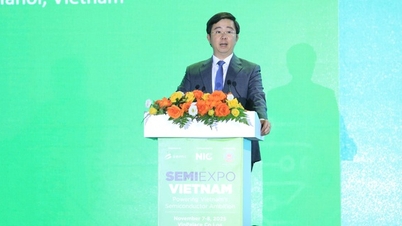

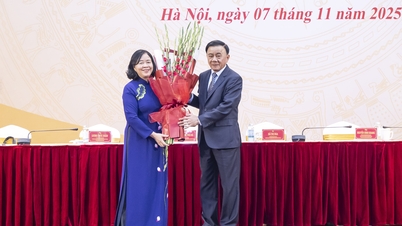




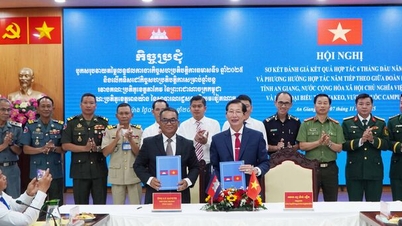






















Comment (0)